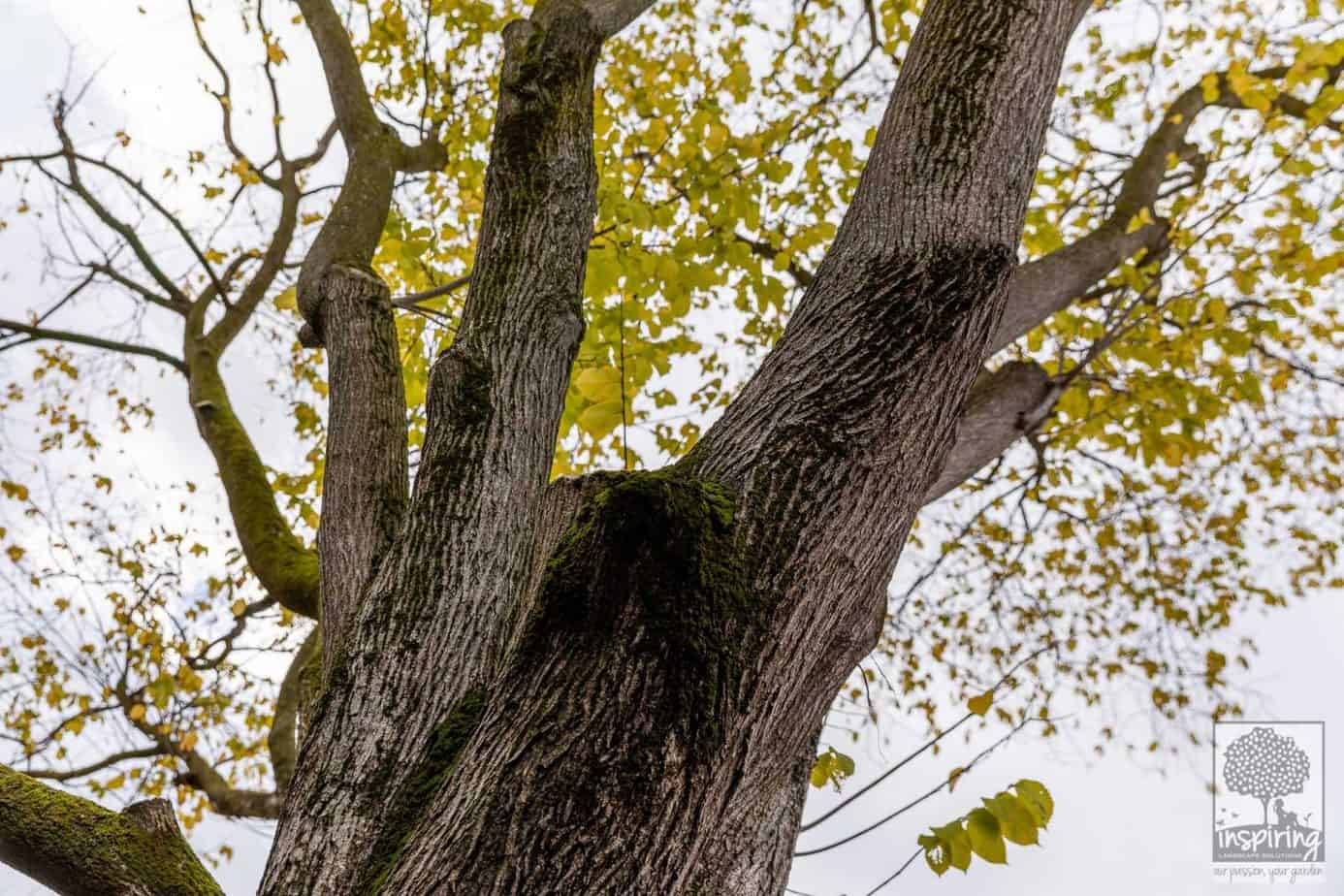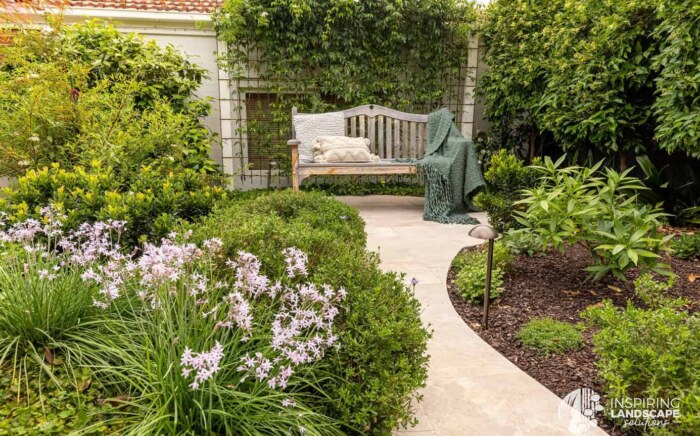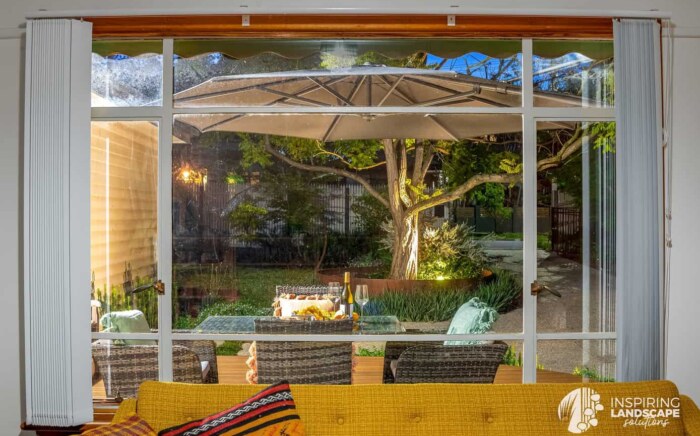Role of a tree
A tree is a key piece in your garden framework. Depending on the tree of choice, it will add height and beauty to your garden and determines which part of it is shaded. Its an important investment to realise your dream garden’s full potential! So choosing the perfect tree is key for designing your dream garden!
How trees help wildlife
There is a current trend in design to incorporate plants and trees that encourage wildlife to visit and stay in your garden. It’s an encouraging trend which is definitely here to stay.
Whilst many of us have surrepticiously built in plants into our designs which meet the above objective. It’s really nice to actually have that as a strong requirement in our client briefs these days! It’s really rewarding and such a lovely thing, when the garden is built, to be rewarded with chirps and chirrups from wildlife.
Trees are a necessity to achieve that objective. They provide shade and are therefore a place to rest for wildlife from the surrounding heat on a hot summers day. I’ve seen at least 10 different types of birds visiting my mums garden, hidden in the branches of different trees.
It’s such a delight when wildlife come and visit and so important for the younger generation to understand and learn from. Their awe and amazement is simply beautiful to watch. And invigorating!
Choosing the perfect tree is a decision that pays off by attracting different types of wildlife for different reasons. Birds, lizards, and insects of all kinds finds numerous benefit from the tree in different ways. It could be the dripping nectar from the flowers, delicious edibles it produces, worms in the leaf mulch underneath or nesting material (leaves, bark etc) they can make use of!
Camberwell
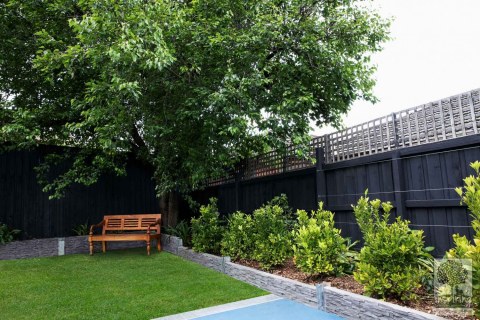
Ashburton B
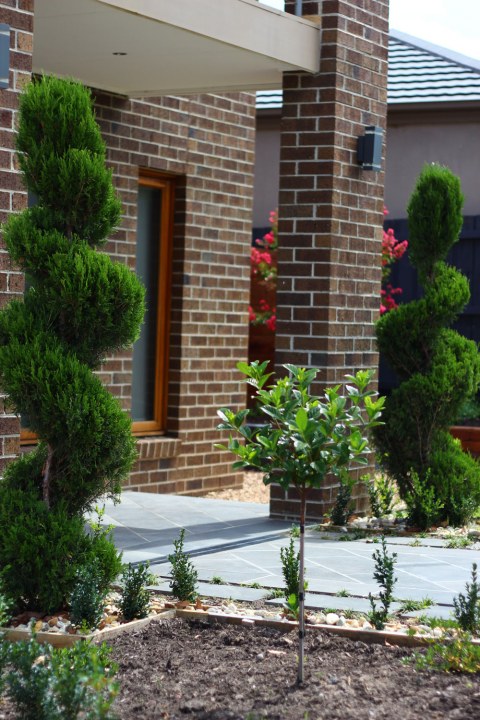
Blackburn
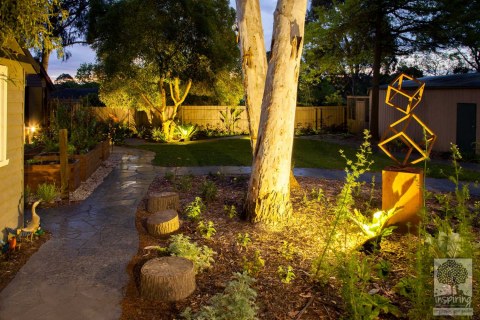
Blackburn

Doncaster East
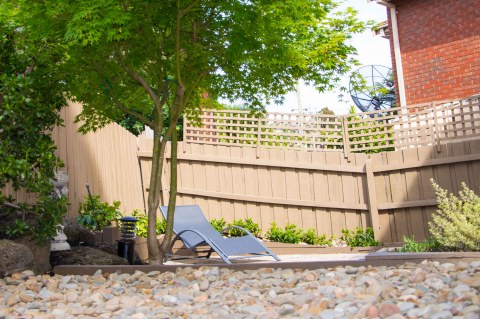
Choosing the perfect tree
Decide whether you want a fast growing tree or a slow grower. A consideration would be whether you’re staying at that property long term and therefore cannot wait that long to enjoy its full benefits (visually or otherwise)
Check the plant label and determine what their spacial considerations are. Ie how tall and how wide will the tree grow and whether your space will accommodate it in the long term. A common complaint we’ve had from our garden consults is that many house buyers inherit gardens that have trees planted in them which are too numerous or too large for the space concerned. It results in a costly exercise for removal for the buyer concerned. Similarly, if this is your garden, you don’t want to inherit a maintenance nightmare down the track!
Whilst on the maintenance topic – both evergreens and deciduous trees drop their leaves. However, consider whether you can withstand the one off “major mess” created in autumn when deciduous trees do when they lose all of their leaves. Can you balance that with the wonderful seasonal colour they offer?
What’s also important is where you source the tree from. Contact a trusted nursery or designer and look for tell tale signs of illness when choosing your tree. Make sure that your tree is not pot bound and watch out for bare rooted season as that’s when you’ll source them cheaper especially if you’re not after a few!
Kuala Lumpur - Papaya
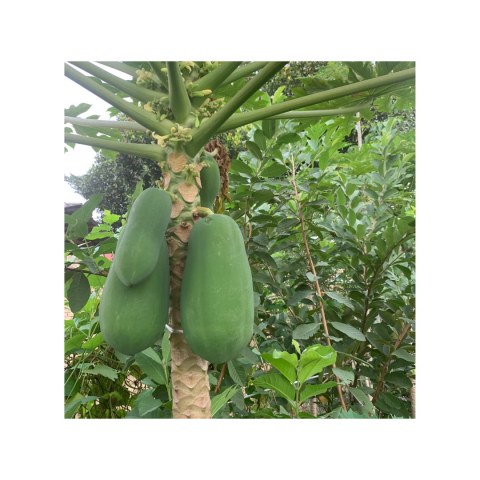
Glen Waverley
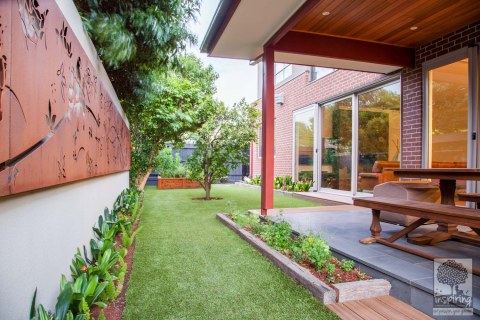
Blackburn
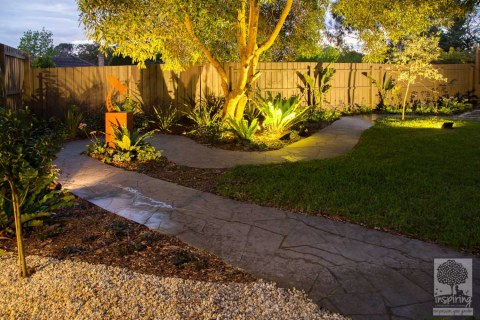
Kew
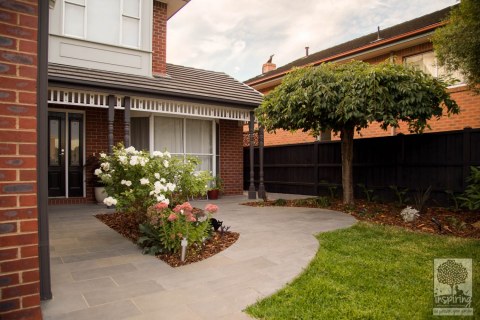
Maribyrnong
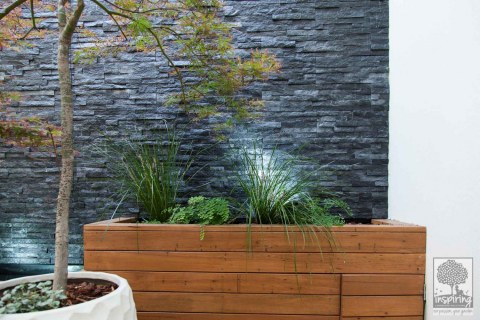
Choosing the perfect tree that will provide fruits and nuts
Pick what fruit or nut tree you like best, consider its maintenance needs and other practical needs such as space then go for it!
The general rule when choosing a specimen is to have good branching and a good graft point (if the tree is grafted).
There is a trend towards going for heirloom varieties these days which is actually a great thing as it keeps our fruit and nut DNA pool varied but whatever the choice, make it right for you!
How to decide where to site the tree
Picking the right spot is key.
In practice, most councils advise against having hardscapes (paving, driveways etc) and major structures less than approximately 2 metres away from significant or large trees. So make sure that your chosen tree spot meets the relevant regulatory requirements and check with your council if in doubt.
Locate underground assets by contacting dial before you dig on a toll free number so that you can be contacted by the various authorities such as Telstra, the council, energy and water providers who have underground assets running through your property. It’s an important step and one that should not be avoided in planning your garden design and tree location.
Some trees roots find water. Figs and lemon trees for example are known to do that despite being relatively shallow rooted. Some water authorities have useful guides about what trees shouldn’t be planted near water pipes and water sources. Some of these documents even to go the extent of listing minimum distances each specific tree type. Knowing this information enables you to design your garden layout better.
You’d need to consider whether your tree is a shade tree and therefore, what part of the garden you’d like shaded.
Easements may be an area that can be planted – some councils will allow planting at the owners risk and as long as the plants concerned at shallow rooted. If the council needs access, the owners risk losing the plants or trees.
Stay emotionally connected
The above covers practical aspects in choosing a tree.
What’s the emotional connection about? Like all aspects of garden design, you need an emotional connection to the resulting garden and as discussed above, a tree is a major feature in the garden. Therefore, its important that the tree feels right for you.
So what does that mean?
The fact that the tree needs to be aesthetically pleasing is a given – choose what appeals about the tree to you. Be it the leaf shape, colour, flower, fragrance, seasonal impact. Or maybe it’s the way the tree branches out? What about the divine darkness of the bark, or how white it is or maybe it’s the way it’s got grooves or peels revealing the beautiful colours underneath?
The other emotional aspect is that the tree should match your personality. From experience, choosing trees that don’t appeal to the personality of the client never works. For example, a tall, strong tree with a moderate canopy and white flowers suits a client who’s decisive, exacting and loves white flowers. A small straggly looking tree with red flowers just simply won’t make the mark. Emotionally, trees all give different energies so different trees will appeal to different people.
Shortlist and explore the energies. We advise all of our clients to invest the time and lean against a mature tree of choice and see how they feel against it. So far, everyone has mentioned that it has been a positive experience and certainly informs their tree type choice. It may not be that particular tree type in the end (eg because of spacial or other practical considerations) but it would be highly representative of their tree of choice and is therefore perfect for them!
How to care for the tree
Simple. Improve the soil profile and plant according to the label instructions, considering the right depth and width of the planting hole. Stake the tree (using the right techniques) if needed.
Choosing the perfect tree is key but what is more vital is that you care for the tree well in the early stages with regular watering, fertilising and formative pruning. Where fruit trees are concerned, I’d suggest forgoing the first couple of years of fruit so the tree puts its energy into its growth rather than the fruit. This is so you get a healty, well shaped tree in the long term, which bears you lots of fruit!
Summary - Dos and don'ts of finding the right tree for your garden.
Do consider choosing the perfect tree for you. Aesthetically and the right energy levels. Consider its maintenance requirements
Do – consider it’s spacial needs. Go off the plant tag but do your own research
Don’t – plant a tree that needs full sun in shade for example. Aspect is important.
Don’t plant and forget. Ongoing care and maintenance is important especially in the first couple of years
Do – improve the soil profile and invest into cultivating the subsoil to improve your tree’s health and performance in the long term
Do consider choosing a perfect tree for you and one that supports wildlife habitat (nesting and food)
Speak to your landscape designer about the tree that you are considering and where’s best to plant them. If you can’t access them, head out to your nearest nursery and ask away. It’s best to do your own research then sit back and evaluate the information you have in front of you. That’s the best way to plan your garden and arrive at the best spot to plant your trees!
Hungry for more information on picking the right tree for you?
Then check out the article by Apex International who are also amazingly passionate about this topic!
In the meantime, visit my past projects below which also squeezed in some beautiful trees!
Burwood
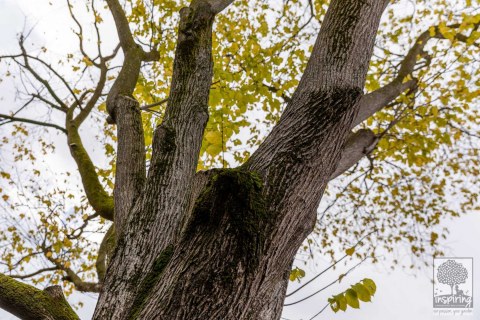
Maribyrnong

Glen Waverley 2019
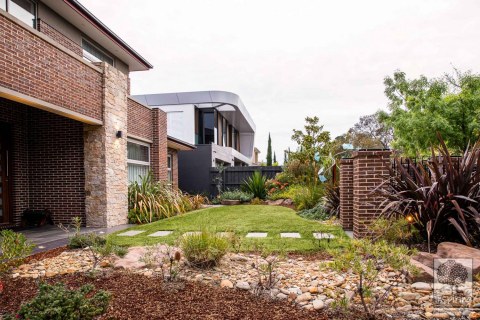
Vermont South A
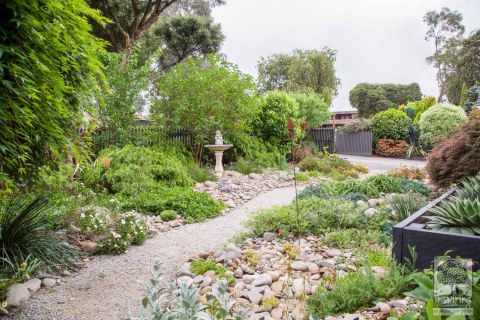
Blackburn

Vermont South B

Brighton
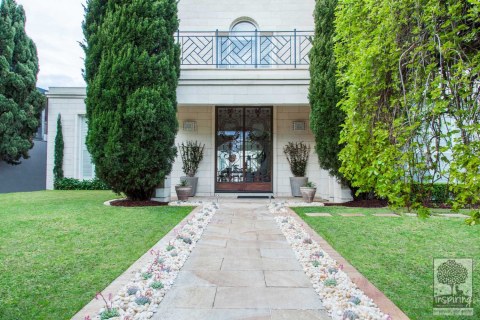
Camberwell
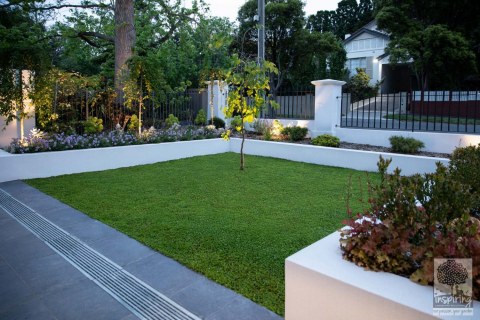
Dramatic night lighting for Hawthorn East Garden Design
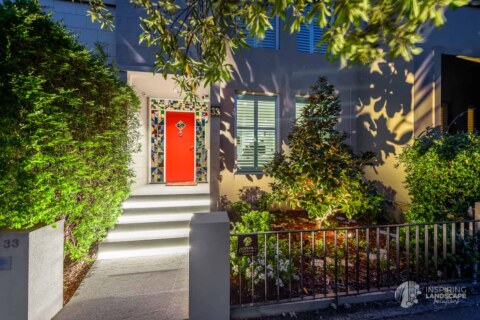
Doncaster East
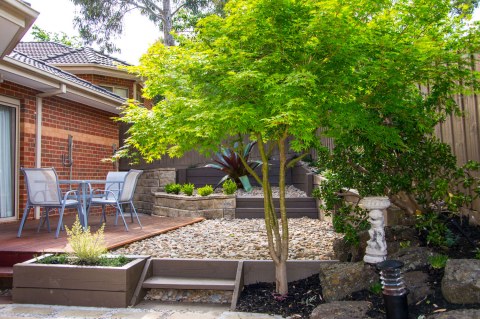
If you need further suggestions or design or plantscaping both indoors and outdoors, please contact us for an onsite 90 minute consultation.
Refer to our packages for further detail on how we can help you in the consults and subsequently throughout your garden implementation process.
Do check out our project befores and afters that have heavily used trees e.g. Blackburn.
Our passion your garden! xx
